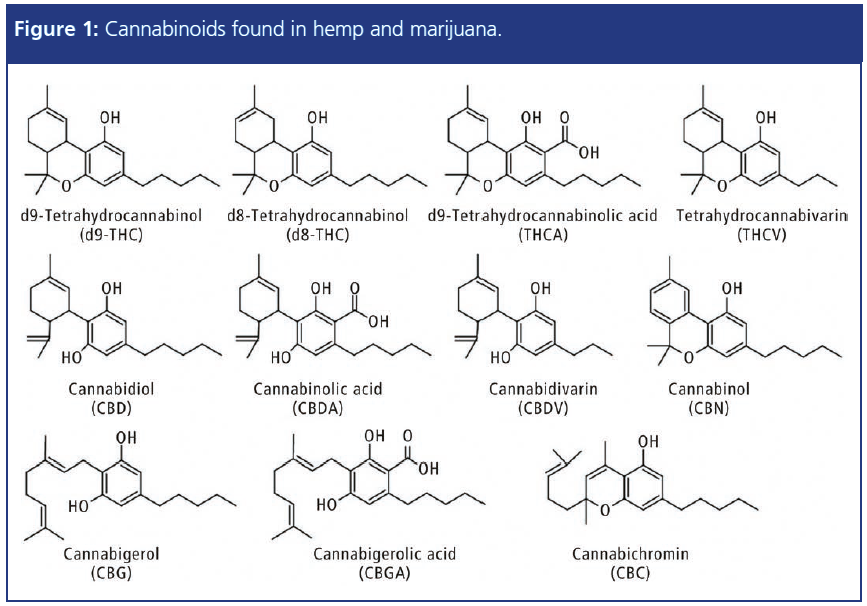New Teaching and Research Centre for Separation Science is Launched
Agilent Technologies and the University of Duisburg-Essen will collaborate to combine the company’s analytical technologies with the university’s researchers.
Agilent Technologies (Santa Clara, California, USA) and the University of Duisburg-Essen (Germany) will collaborate to combine the company’s analytical technologies with the university’s researchers. As part of the collaboration, the company will support the university with a broad range of instruments to equip the new Teaching and Research Center for Separation (TRC).
The focus of the TRC will be teaching students, industry employees, technicians, managers, graduates, and postdocs about separation science, and training them in the use of modern analytical equipment. The TRC will support an extensive cross section of research activities in biomedicine, nanotechnology, and other life science specialties.
The company has developed a global network of world-class Centers of Excellence; the University of DuisburgâEssen is the fifth university to join this network.
For more information about the TRC, please visit: www.trc-separation.com/home-en

Evaluating Body Odor Sampling Phases Prior to Analysis
April 23rd 2025Researchers leveraged the advantages of thermodesorption, followed by comprehensive two-dimensional gas chromatography coupled to time-of-flight mass spectrometry (GC×GC/TOF-MS), to compare and assess a variety of sampling phases for body odor.

.png&w=3840&q=75)

.png&w=3840&q=75)



.png&w=3840&q=75)



.png&w=3840&q=75)










